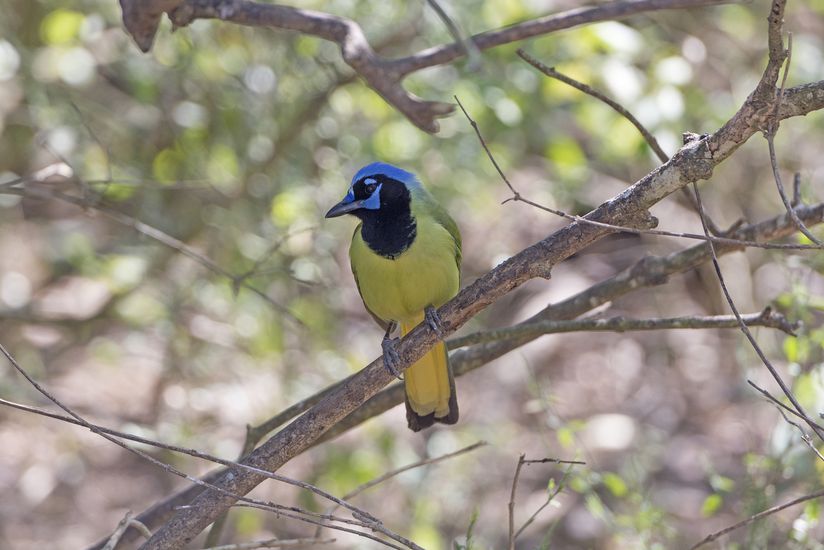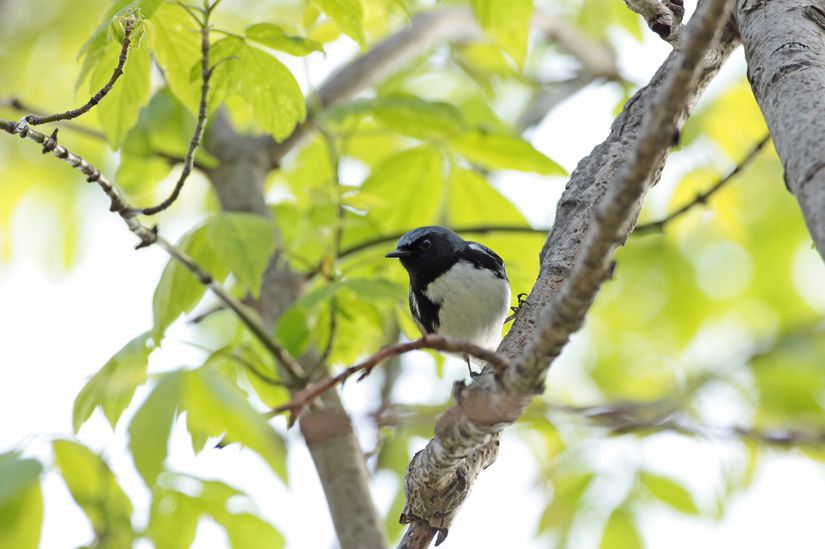A Bucket List for Birders
For many, bird-watching is a casual backyard diversion; for others, it's a hobby that demands top-notch binoculars and a good travel-rewards card. If you're the latter kind of birder — or you aspire to be — there are plenty of places across the country to find a dazzling array of species. We consulted bird-watching experts and publications to land on some of the very best.






































